During the past few years, satellite technology has taken a quantum leap forward. New Space satellites are helping to make wideband transmission, digital signal processing and active beamforming the norm.
Mastering The Challenges
of New Space Satellite Constellations
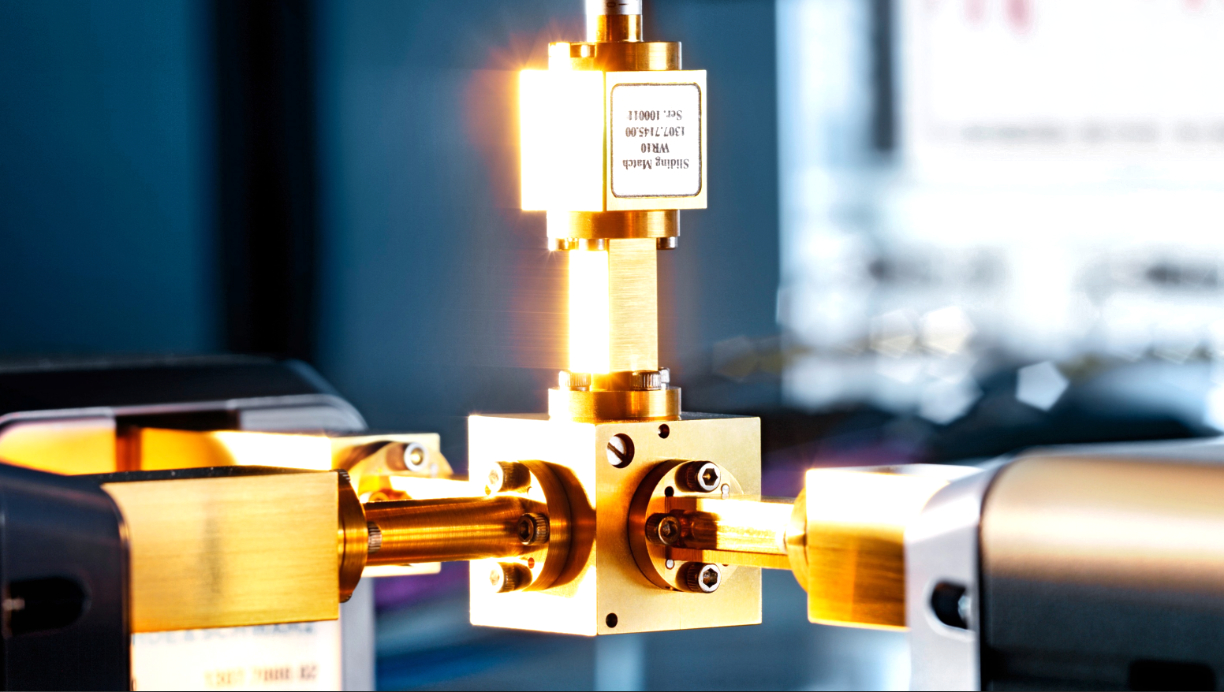
Making digital signal processing and active beamforming the norm
However, optimized software tools are needed along with state-of-the-art test and measurement equipment for successful planning and technical verification of New Space constellations and their user terminals. The required tests and measurements are highly diverse, ranging from characterization of active phased array antennas, digital transparent processors (DTP), regenerative payloads and various, classic, RF building blocks to over-the- air (OTA) measurements in the frequency spectrum up to the Q- and V-bands (and sometimes even beyond).
The term “New Space satellites” refers to the latest generation of satellites with on-board processing and/or digital beamforming antennas. From a commercial perspective, it also means shorter on-orbit lifecycles, commercial off-the-shelf (COTS) satellite production and new application areas with innovative business models. New Space satellite constellations have also brought new incumbents to the satellite industry, companies that have shaken up existing players and they are causing a shift in the traditional, economic, value chain.
Satellite Link Planning + System Verification Measurements
While many classic link budget calculations and footprint verification and transponder RF measurements remain, the complexity of the new constellations with their satellites and user terminals requires not only significantly higher measurement accuracy but also and user terminals requires not only significantly sophisticated control and automation technology.
This is critical, for example, when performing the thousands of measurements that are needed to validate a multi-beam phased array antenna design.
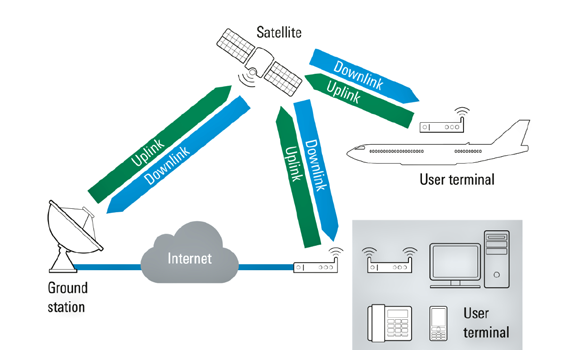
Figure 1. Satellite communications and data link network components 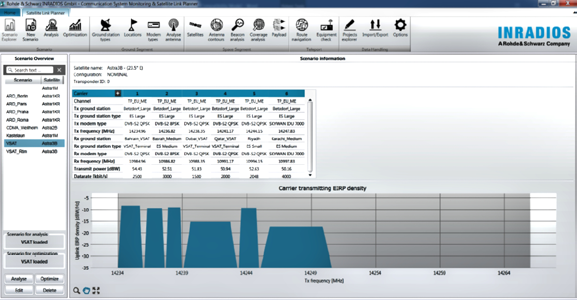 Figure 2. Managing multi-carrier scenarios.
Figure 2. Managing multi-carrier scenarios.
Satellite link planning: New Space satellite constellations in LEO and MEO orbits require precise modeling and optimization. This is also important to prevent interference with other constellations or terrestrial microwave networks. Modeling includes link budget calculations that consider weather conditions and atmospheric effects, (wideband) transponder usage optimization and simulations of signal degradations due to intermodulation and/or other interference sources. As all satellites (and constellations) need regulatory approval, the planning tool must allow a compliance check versus regulatory requirements across different countries, including the proper documentation.
Managing Multi-Carrier Scenarios: Rohde & Schwarz offers with its satellite link planner a solution that fulfills all of these requirements to assist engineers with the design of any satellite communications system. The planner supports link budget calculations with a large database of existing satellites, including their footprints and the relevant International Telecommunication Union (ITU) recommendations pertaining to atmospheric conditions plus any frequency- and location-dependent limits on transmit power density. Furthermore, the tool location-dependent limits on transmit power density. Furthermore, the tool includes a comprehensive database of all kinds of different SATCOM modems. The satellite link planner can also calculate complex, multicarrier scenarios and configure the parameters of the individual carriers such that as many carriers as possible achieve the required data rate, all the while consuming the least bandwidth and power.
Antenna Diagram Modeling + Interference Analysis: When modeling a satellite link, attention must also be paid to linear and non-linear effects in a satellite transponder. These effects include gain flatness and group delay in the IMUX and OMUX filters and AM/AM and AM/PM conversion in the power amplifiers. These parameters can be easily characterized using the transponder simulation module in the satellite link planner.
A growing trend to be experienced over the coming years will involve mobility services, i.e., provision of communications services to users on the move. Planning SATCOM services and unmanned aerial vehicle (UAV) operations can be a demanding task. Based on the given route and required coverage, as well as the specific data rate requirements, the satellite link planner conducts a search for the best, available transponders in the various SATCOM bands of interest.
SATCOM Route Planning + Optimization
System verification measurements: Many complex measurements are required during design and system verification of New Space satellites and their user and gateway terminals.
Since LEO/MEO and GEO systems that use electronic beamforming antennas can produce a very large number of beams with complex footprints, sophisticated automation of the relevant measurements is normally a must. Figure 3 shows a basic setup for testing a passive phased array antenna2. The vector network analyzer is used to generate up to four phase coherent signals feeding the antenna elements. The signal and spectrum analyzer performs the level measurements. A test executive software is used to steer the antenna turntable and control the measurement sequences.
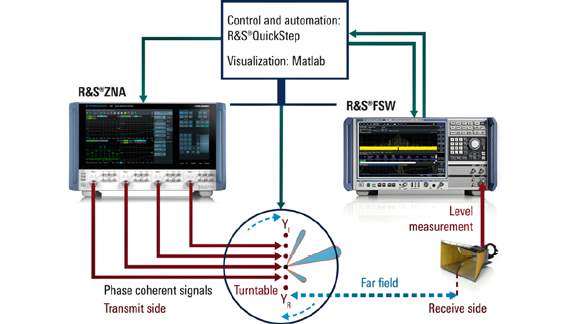 Figure 3. Passive phased array antenna characterization.
Figure 3. Passive phased array antenna characterization. 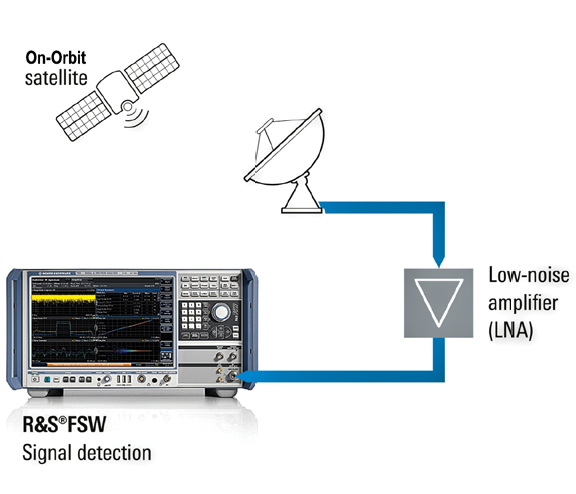
Figure 4. On-orbit satellite carrier monitoring.
The wide dynamic range of the vector network analyzer allows quicker measurements by a factor of ten. The enhanced trigger and synchronization function leads to much more accurate measurements because the positioner and trigger can be exactly matched by functions like the segmented sweep, cascaded trigger and so on.
Passive phased array antenna characterization: Another new measurement task with modern satellites is related to the use of active phased array antennas. All active beamforming payloads will require regular recalibration on-orbit. Through over-the-air (OTA) measurements, the relative phase and amplitude of each antenna element will be characterized and used for the recalibration process. This will ensure the most accurate footprint coverage. Depending on the type of satellite and its coverage areas, a satellite operator may need to use several calibration stations worldwide. In applications where a modulated signal is to be provided as the source, a signal generator supplies the modulated signal. It supports all of the communications standards that are relevant in the satellite industry, including DVB-S2/DVB-SX, with excellent RF performance.
Several signal generators can be used to produce phase coherent signals by LO coupling. To ensure reproducible measurement conditions independent of the environment, Rohde & Schwarz offers a broad portfolio of OTA measurement chambers for a wide range of different AUTs. Over-the-air measurements are required whenever active elements are included and are to be regarded together with the antenna element as an active system. This includes near-field to far-field ranges as well as compact test ranges (CATR) implemented in various chamber sizes. In the upcoming satellite mega-constellations, a large number of UEs will be required. Compact test ranges are ideal for satisfying the test requirements of the mass market.
On-orbit satellite carrier monitoring: New Space satellites will increasingly use higher frequency spectrum beyond the classic L-, S-, C- and Ku-bands, especially for gateway beams and inter-satellite connectivity. For a few years now, HTS and VHTS satellite payloads have already used part of the Ka-band spectrum (usually 27.5 to 29.5 GHz) for the return channel. Future satellites will feature transponders that operate in the Q- and V-bands (33 GHz to 75 GHz). In these bands, wideband single carrier transmissions with bandwidths of up to several GHz will be possible.
Such wideband transmissions will be based on the DVB-S2X standard and will enable increased efficiency and throughput. Rohde & Schwarz has a complete portfolio of equipment for pre- and post-launch measurements on satellite systems in the frequency range up to 110 GHz, ranging from affordable mid-range solutions to high-end systems.

After decades of classic bent-pipe type satellites with static footprint coverage and a very limited number of gateway and user beams, the industry is shifting to the next generation of fully flexible satellites with on-board processing. These New Space satellites and satellite constellations in non-geostationary satellite orbits (NGSO) will support civil and government satellite communications with a new and unprecedented level of flexibility, enabling a plethora of innovative business cases. Modern phased array antenna developments will enable multi-beam ground terminals and configurable satellite uplink/downlink footprints, allowing operators to reconfigure their satellite payloads in space to meet changing user requirements.
These exciting new possibilities are also associated with numerous new test and measurement requirements for design and application engineers as well as satellite manufacturers and operators. In order to determine and verify the footprints generated by active multibeam phased array antennas and test wideband power amplifiers (with up to several GHz bandwidth), many automated measurements are required using state-of-the-art equipment capable of operating with extremely high accuracy in the desired frequency spectrum up to the Q- and V-bands and beyond.
www.rohde-schwarz.com
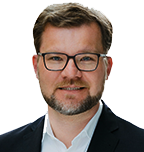
Tobias Willuhn
Author Tobias Willuhn is the Marketing Program Manager, Aerospace and Defense Testing, at Rohde & Schwarz. He is responsible for the market development and marketing program addressing customers in the Aerospace, Defense and Space applications. Tobias Willuhn joined Rohde & Schwarz in 2011 coming from a position as Technical Officer in the German Air Force. He holds a Master Degree in Aerospace Engineering from the University of the Armed Forces in Munich and a Master Degree in Business Administration (MBA) from the Universities of Deggendorf and Kent.

